On donne des sommaires renseignements sur la premiere station meteorologique de Roun1al1ie. Fondee en 1843, cette station a ete en activite jusqu'en 1955, aupres de la Bibliotheque Batthyaneum d'Alba Iulia, ou on trouve, aussi, un grand nombre des oeuvres anciennes d'astrologie et de meteorologie (pp. 659-661).
More...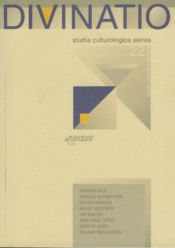
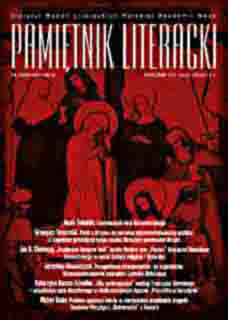
Keywords: Louis Alidosius' exemplum; prophecy
The intriguing story of the repeated appearance of the ghost of a dead father is an introduction to the turbulent life of a particular historical figure, i.e. Louis Alidosius. The story also helps to understand, to some degree, the thinking and reality of the period long time ago. Moreover, it facilitates the understanding of the features of exemplum. It turns out that the form is still valid and, based on the outlooks on the world deeply rooted in the European mentality, is still comprehensible. The main character of the story, the duke of the city-state of Imola, is depicted by historians as a comprehensively educated and noble person. The ideas fostered by Louis obviously characterise a new period in history, namely the Renaissance. His only fault was rationalism, which prevented him from believing that an encounter with the dead was possible. Leaving aside a contemporary assessment of that phenomenon, it is worth noting that, according to all sources, the phenomenon was the result of an extremely unfortunate event that once, i.e. the loss of his rule over his home town. The prophecy told by Beltrand determined his son's whole life, surrendering it to the power of ill fate. Sometimes the Renaissance belief in supernatural intervention is regarded as the legacy of the Middle Ages. It cannot, however, be ruled out that fatalism appeared in the minds of humanists as a natural consequence of their desire to re-experience the period of antiquity. Alongside writing, literature and attempts to get an insight into the reality of antiquity, humanists somehow unintentionally began to think in a way typical of the long-gone period.
More...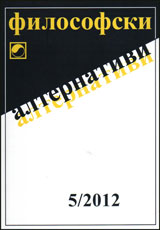
Keywords: dualismus; Descartes; Vedic conception; spirit; soul; paranormal phenomena;
The outlooks of some physicists tend to subjectivism, and they are orientated towards the East Culture Model due to the peculiarity of the quantum mechanics laws. Here the author states her nonsubjectivistic position and suggests a gnoseological axiom, claiming that the consciousness organization allows an adequate knowledge of the reality. The author considers that a look to the ancient philosophy of India could be reasonable, however, in another aspect. Vedic conception about the structure of the universe and human is discussed. The idea of mater is extended and a concept „nonphysical mater“ is introduced. The human is considered as an entity of physical and nonphysical mater. Definitions of spirit and soul are given. Dualistic philosophical basis is suggested instead the philosophy of the materialistic monism. The author thinks that such a conceptual basis allows a legitime speaking and investigation of the paranormal phenomena, and could prompt new approaches in the science.
More...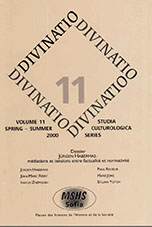
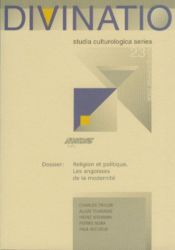

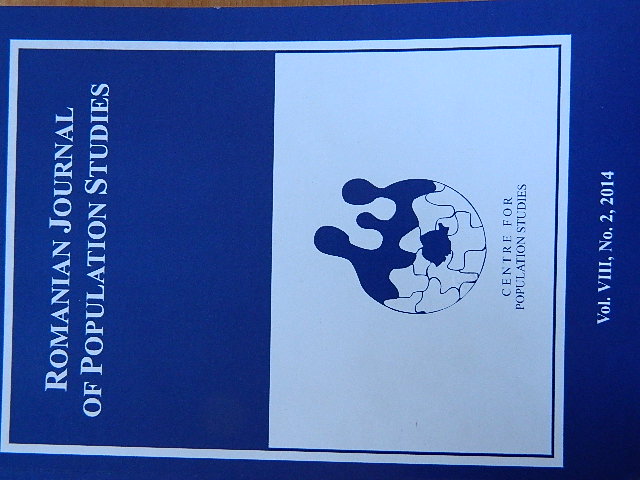
Keywords: childhood; communism; school; family; education; socialization; responsibility; guilt; fear.
The individual life stories are valuable source of data about the childhood in Bulgaria during the recent past. In this paper the “child” is depicted in the Bulgarian capital during the period of the 60s and the 70s of the 20th century. An attempt is made to explore the everyday space-time of children between 6 and 12 years old, who spend most of their lives in school rather than at home and were totally dependent of the existing ideological system of education and personal formation. Several generations of Bulgarian children grew up in an atmosphere of tension, anxiety and fear whether they have fulfilled the prescribed by the totalitarian state duties, whether they have met the expectations imposed by a social system devoid of basic human rights and freedoms – a system depriving its members from the right of life choice.
More...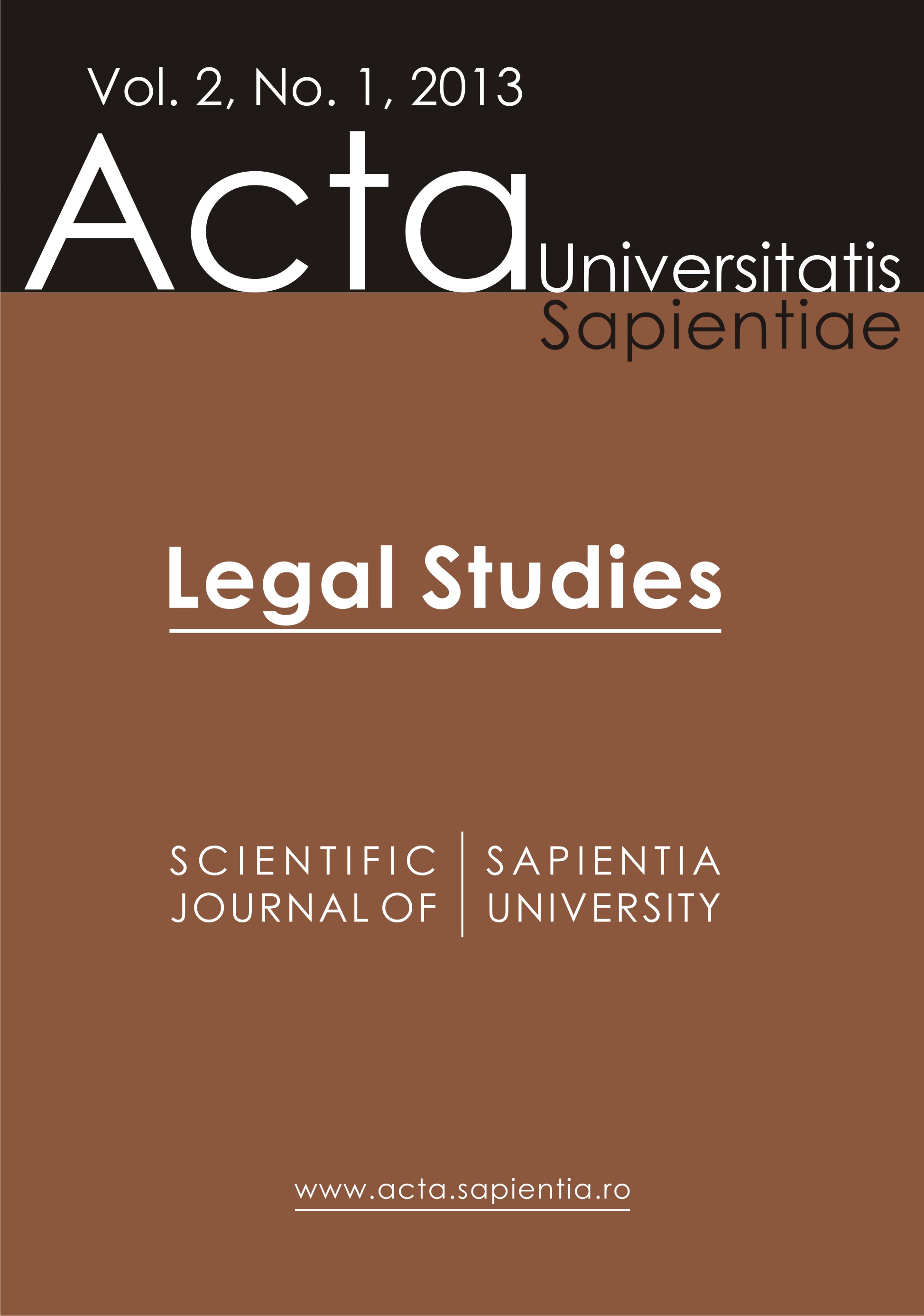
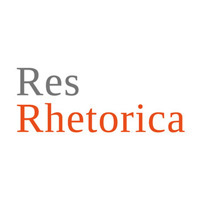
Keywords: Spanish penitentials; Old Polish penitentials; confession;folk-paganism; superstitions
Some interesting conclusions on folk-paganism are drawn here from a comparison of 16th, 17th and 18th-century confessional handbooks (libri poenitentiales) originating in the Iberian Peninsula and Polish Commonwealth. Four penitentials which include large lists of sins and the penances prescribed for them are the main object of comparison: the 13th-century Latin work Summa de confessionis discretione by Brother Rudolf, the penitential from 1633 Instrución de confesores, como han de administrar el Sacramento de la Penitencia by Spanish Jesuit Antonio Fernandez de Cordoba, El fuero de la conciencia by Valentín de la Madre de Dios from 1704, and the Polish penitential from 1753 entitled Kolęda duchowna parafianom od pasterzów [The Pastoral Visit] authored by Marcin Józef Nowakowski. It proved that the structure and contents of the analysed texts are very similar and remained practically unchanged: despite the lapse of time they continued to play the same role.
More...
Keywords: integral interpretation; intellectual history; psychological hermeneutics;
The article analyzes integral philosophical historical interpretation, which includes intellectual history, psychological hermeneutics and other methodologies of the historiography of philosophy. The principles of so-called intellectual history was elaborated by Richard Rorty. Philosophical theory has to be interpreted as a part of philosopher’s practical activity. On this principle Vacys Bagdonavičius bases his inquiry of Vydūnas’s life and writings. He treats the philosophical theory as an integral part of the whole of Vydūnas’s life. The psychological hermeneutics is seen in the works by Andrius Konickis, who employs biographical and psychological data about an author for the better understanding and explanation of the meaning of his texts. Konickis aims at the explanation of theory using the data of an author’s life as an auxiliary means. Bronislovas Kuzmickas includes the subject of his inquiry (particular philosophical theories of Christianity) into the large theoretical unity – Christian philosophy. This theoretical unity is the paradigm of philosophizing, the essential characteristics of which give the basis for the different theories, which constitute it.
More...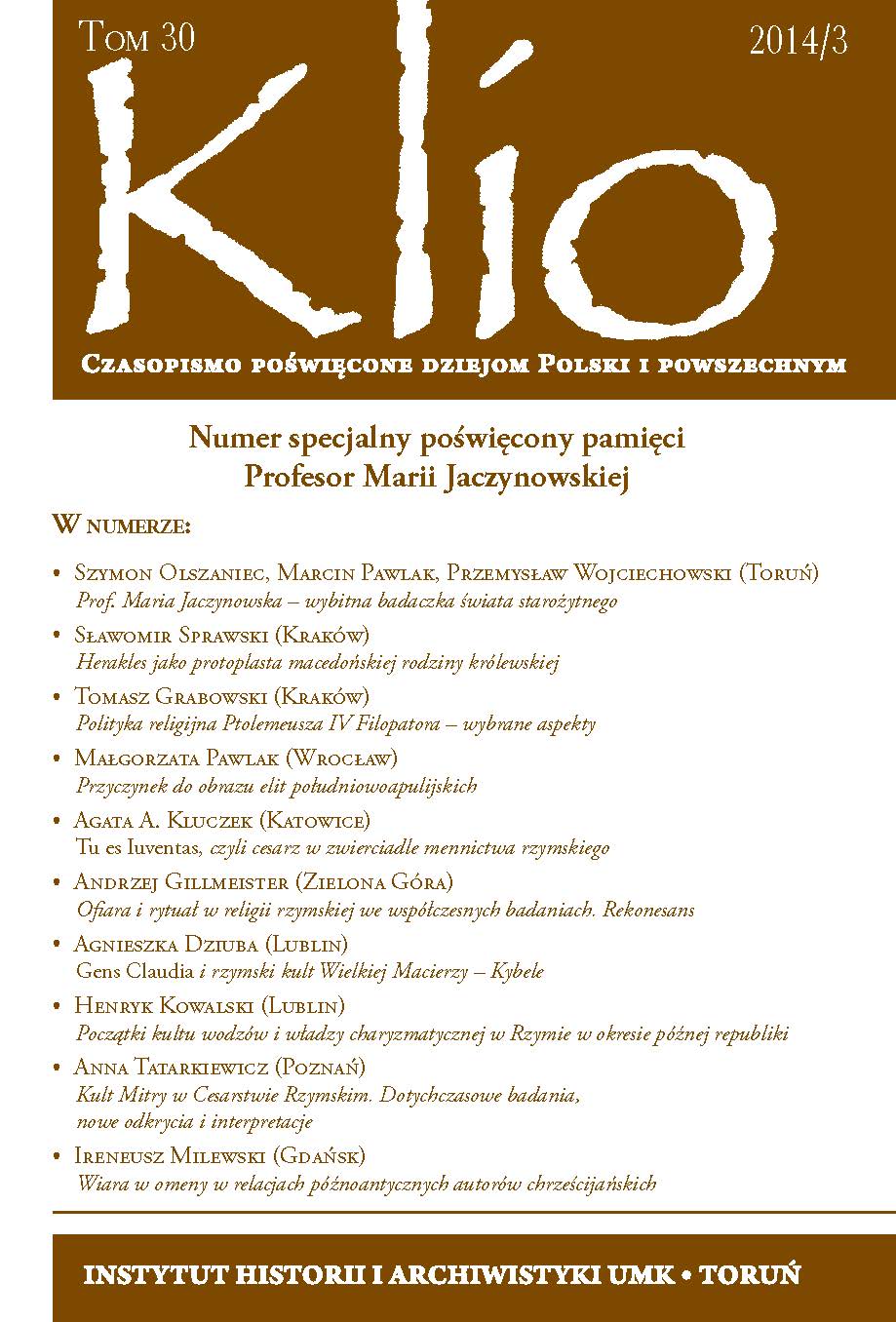
Keywords: Cult of Military Leaders and Charismatic Power; Rome; Second Punic War;
In 1985 “Athenaeum” published the article by Maria Jaczynowska La genesi repubblicana del culto imperiale. Da Scipione l’Africano a Giulio Cesare, in which the author analyzed the origin of the cult of Roman military leaders, linking it with the development of the institution of triumph and imperial ideology as well as Hellenistic influences. Military victories of Roman military leaders deserved special honors or even certain forms of “worship” to which Hellenistic rulers were entitled as deities. A kind of distinguishing feature of the leaders were also the attributes that made up their charisma.
More...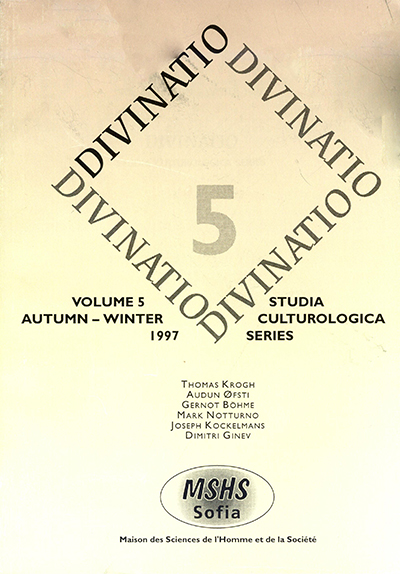
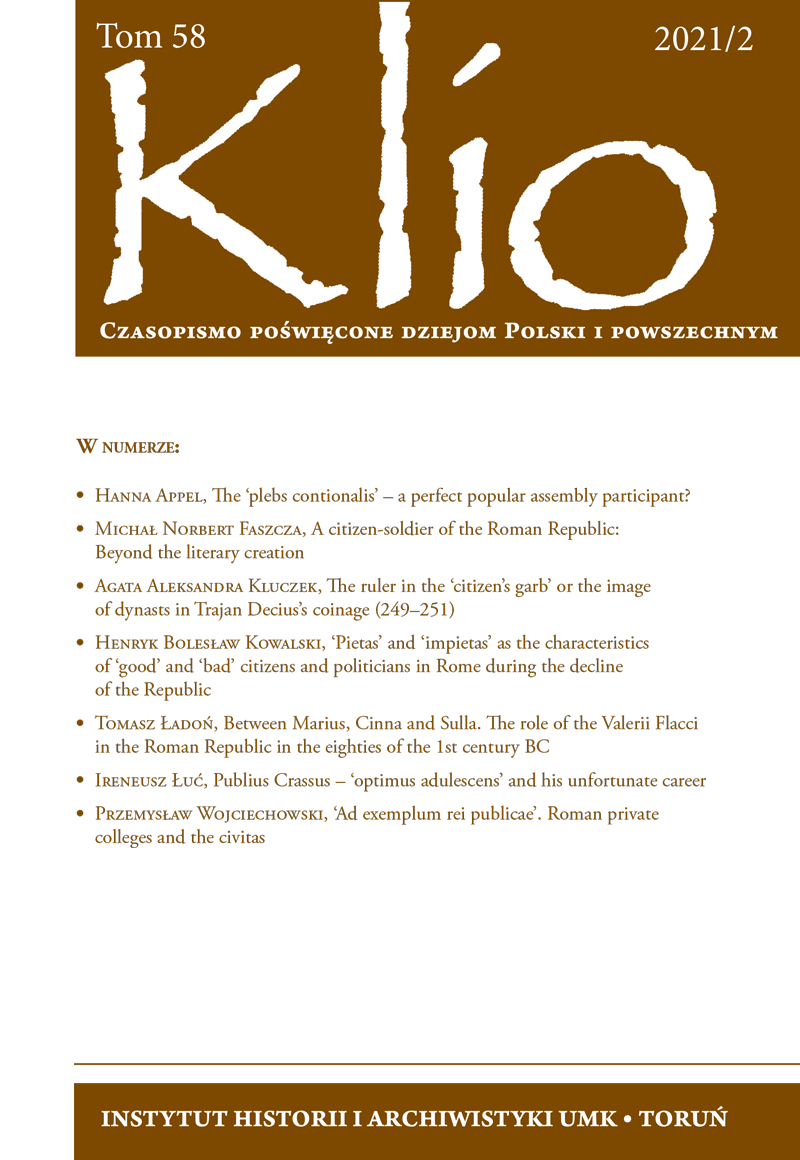
Keywords: decline of the Roman Republic; Roman religion; viri boni – viri mali; pietas – impietas
The article discusses the use of religious elements (the contrast between the con-cepts of pietas vs. impietas) in the characterisation of Roman politicians and citizens during the declining years of the Republic. Pietas symbolised people possessing virtues of divine character, which, consequently, ensured their exceptional position. Accusations of impietascovered a number of cases of violation of religious regulations: inter alia, negligence of rites or sacrifices (neglegentia), profanation of worship or a sacred place, encroaching on or destruction of temples (templa, aedes, fana, sacella), places (e.g. groves – luci) or objects (e.g. altars – arae, statues – simulacra) recognised as holy, as well as tombs (violatio), sacrile-gium (sacrilege), violation of the principles of divinatio (contra auspicia), as well as waging a war contrary to religious principles (bellum impium).
More...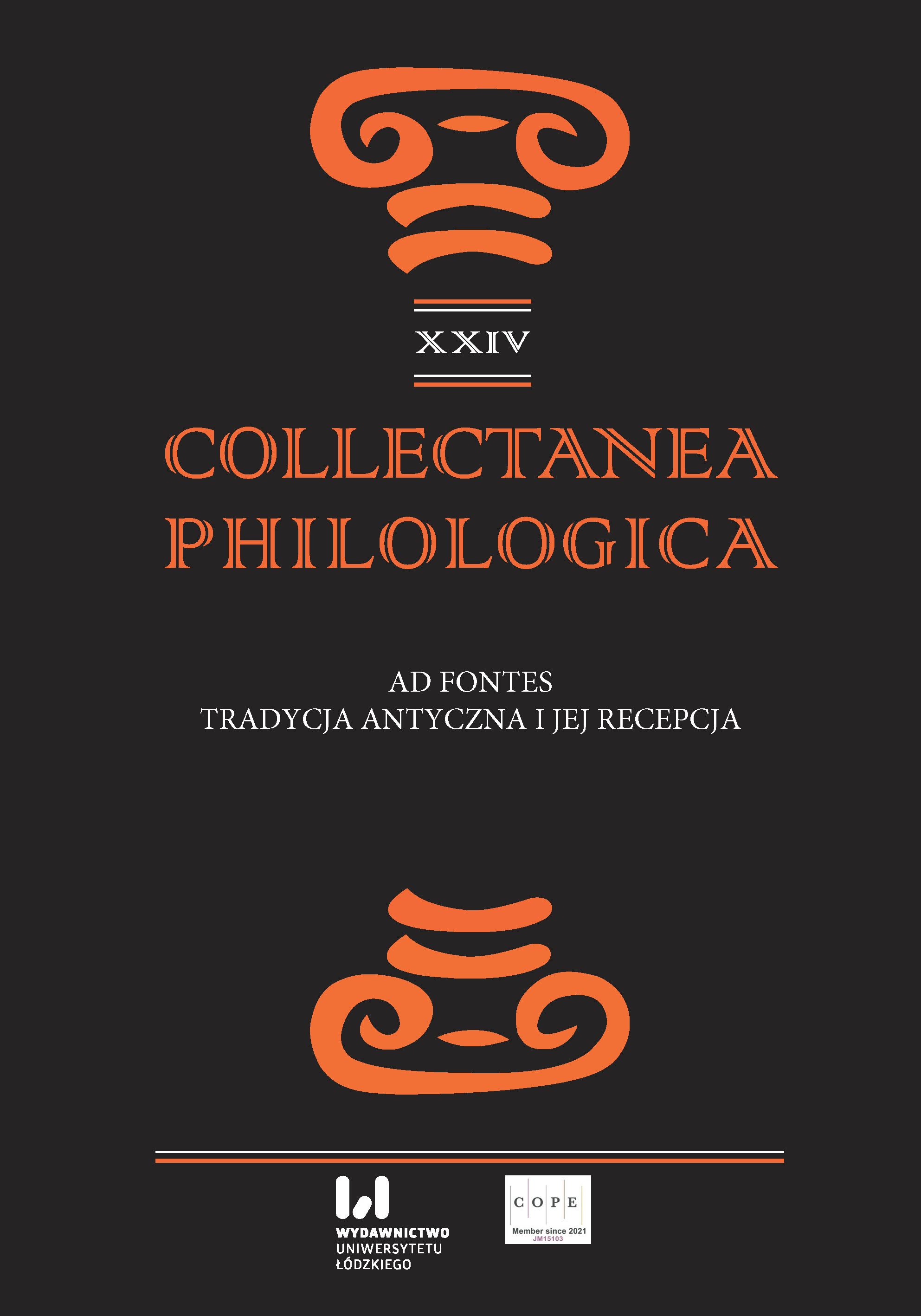
Keywords: animal sacrifice; sacrificial rite; Roman religion; religious ceremony scenarios
Religious ceremonies in ancient Rome, foundational for its cult, made manifest the communal piety by the means of sacrificial rites. Adopting a formalist religious approach, the Romans carefully regulated the sacrificial process (sacrificium). Partially preserved literary sources in theory allow one to reconstruct the sequence of acts comprising a Roman sacrificial rite, with the following article employing said sources to propose a template for a Roman animal sacrifice ritual.
More...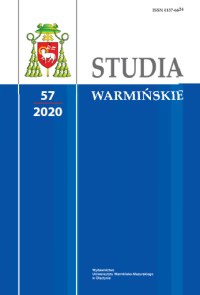
Keywords: wróżbiarstwo; magia; synod; prawo rzymskie; wczesne chrześcijaństwo; Cesarstwo Rzymskie; historia starożytna
Chrześcijanie późnego antyku, mimo rosnącej roli chrześcijaństwa i uznania go za religię państwową, żyli w świecie, który nadal obfitował w różnorodne formy kultu pogańskiego. Pogańskie wróżbiarstwo i liczne praktyki magiczne wciąż miały doskonałe warunki do rozwoju. Kulturowa i religijna działalność człowieka, mimo zakazów państwowych i kościelnych, w naturalny sposób utrzymywała potrzebę podejmowania prób, za pomocą specjalnych środków i technik, poznania przyszłości lub wpłynięcia na los i przebieg wydarzeń. Takiej sytuacji sprzyjał fakt, że chrześcijanie nie żyli w izolacji, lecz współegzystowali z poganami na terenie Imperium Romanum. W niniejszej publikacji przedstawiono szczegółową analizę postanowień synodów obradujących od IV do VI w. w odniesieniu do wróżbiarstwa i praktyk magicznych. Analizie w tej kwestii poddano m.in. kanony ogłoszone w Elwirze (306), Arles (314), Laodycei we Frygii (koniec IV w.), Saliq w Seleucji-Ktezyfonie (410), Irlandii (456–465), Vannes w Bretanii (461–491), Galii (ok. 475–485), Agde (506), Orleanie (511), Eleuze (551) dwa razy ponownie w Seleucji-Ktezyfonie (544 i 554) oraz w Bradze (572) i Narbon (589). W celu pełniejszego ukazania przywołanego w temacie zagadnienia omówiono również prawodawstwo cesarskie, ogłaszane w sprawach religijnych przez pierwszych chrześcijańskich cesarzy rzymskich, począwszy od Konstantyna aż do Arkadiusza. Analizie poddano przede wszystkim ustawy zawarte w 16 księdze Kodeksu Teodozjańskiego. W tym kontekście przywołano edykty cesarskie ogłoszone w latach 341, 381, 385, 392, 395 oraz 396.
More...